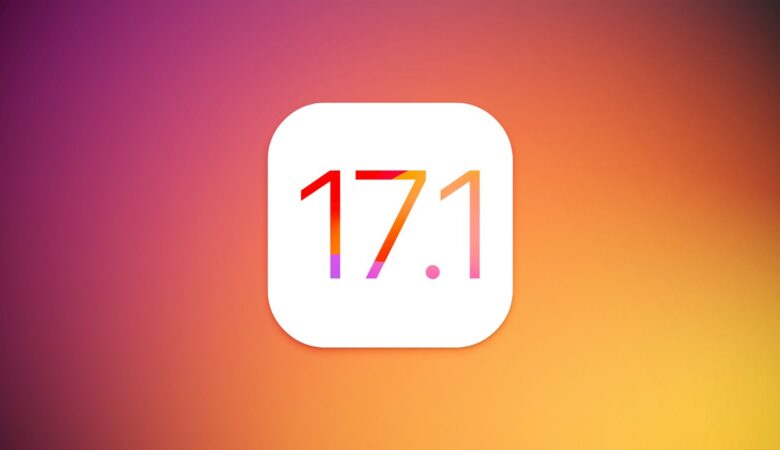World oil demand will fall more steeply in 2020 than previously forecast due to the coronavirus and there are doubts about next year’s recovery, OPEC forecast on Wednesday, potentially making it harder for the group and its allies to support the market.
World oil demand will tumble by 9.06 million barrels per day (bpd) this year, the Organization of the Petroleum Exporting Countries said in a monthly report, more than the 8.95 million bpd decline expected a month ago.
Oil prices have collapsed as the coronavirus curtailed travel and economic activity. While some countries have eased lockdowns, allowing demand to recover, fear of new outbreaks has kept a lid on prices and OPEC expects this to persist.
“Crude and product price developments in the second half of 2020 will continue to be impacted by concerns over a second wave of infections and higher global stocks,” OPEC said in the report.
OPEC stuck to its forecast that in 2021 oil demand would rebound by 7 million bpd but said the outlook was subject to large uncertainties that might result in “a negative impact on petroleum consumption”, such as demand for air travel, more fuel-efficient cars and more competition from other fuels.
“Almost all forecasters expect jet fuel in 2021 to struggle making up for lost demand,” OPEC said. “Gasoline demand will face pressure to return to 2019 levels.”
Oil stocks have built up due to the demand collapse. OPEC said inventories in developed nations rose in June to stand 291.2 million barrels above the five-year average, a yardstick that OPEC before the pandemic saw as a desirable level
Crude rose above $45 a barrel on Wednesday but remains below levels that many OPEC members need to balance their budgets.
Opec output rises
To tackle the drop in demand, OPEC and its allies, known as OPEC+, agreed to a record supply cut of 9.7 million BPD that started on May 1, while the United States and other nations said they would pump less.
In the report, OPEC said its output rose by 980,000 BPD to 23.17 million BPD in July, largely because Saudi Arabia and other Gulf members ended extra voluntary cuts they had made in June.
That amounted to 97% compliance with the pledges, according to a Reuters calculation – lower than June’s figure of well above 100%.
OPEC is set to boost output further this month as the 9.7 million BPD cut tapers to a reduction of 7.7 million BPD from August 1. A monitoring panel of OPEC+ ministers meets next Tuesday to discuss the market, and so far there is no suggestion of tweaking the agreement.
The report also forecasts that demand for OPEC crude will be lower than expected this year and next, as supply increases from outside the group and because of the reduced demand outlook for 2020.
OPEC said demand for its crude this year will average 23.4 million BPD, down 400,000 BPD from the previous forecast. That suggests the market could move into surplus should OPEC’s output rise in August, as called for by the OPEC+ agreement.
UK economy faces long climb back to health after historic 20% crash
Britain’s economy shrank by a record 20.4% in the second quarter when the coronavirus lockdown was tightest, the most severe contraction reported by any major economy so far, with a wave of job losses set to hit later in 2020.
The scale of the economic hit may also revive questions about Prime Minister Boris Johnson’s handling of the pandemic, with Britain suffering the highest death toll in Europe. More than 50,000 UK deaths have been linked to the disease.
“Today’s figures confirm that hard times are here,” finance minister Rishi Sunak said. “Hundreds of thousands of people have already lost their jobs, and sadly in the coming months many more will.”
The data confirmed that the world’s sixth-biggest economy had entered a recession, with the low point coming in April when output was more than 25% below its pre-pandemic level.
Growth restarted in May and quickened in June, when the economy expanded by a monthly 8.7% – a record single-month increase and slightly stronger than forecasts by economists in a Reuters poll.
However, some analysts said the bounce-back was unlikely to be sustained.
Last week the Bank of England forecast it would take until the final quarter of 2021 for the economy to regain its previous size, and warned unemployment was likely to rise sharply.
Any decision to pump more stimulus into the economy by the BoE and finance minister Sunak will hinge on the pace of growth in the coming months, and whether the worst-hit sectors such as face-to-face retail and business travel ever fully recover.
The second-quarter GDP slump exceeded the 12.1% drop in the euro zone and the 9.5% fall in the United States.
Some economists said the sharper decline partly reflected the timing of Britain’s lockdown – which fell more in the second quarter – and its dependence on domestic consumer spending.
Pent-up demand
Suren Thiru, an economist with the British Chambers of Commerce, said the recent pick-up probably only reflected the release of pent-up demand rather than a sustained revival.”The prospect of a swift ‘V-shaped’ recovery remains remote,” he said.
Britain’s unemployment rate is expected to jump when the government ends its huge job subsidy program in October.
Sunak – who told a news agency he saw some “promising signs” in GDP data for the month of June – reiterated his opposition to extending the program.
In July, he cut sales tax for the hospitality sector and in August is subsidizing restaurants to draw in diners.
Hotels and restaurants did just one-fifth of their normal business in June when the lockdown was still largely in force.
Later lockdown
British GDP shrank by 2.2% in the first quarter of the year, reflecting the lockdown that started on March 24.
Britain closed restaurants, shops, and other public spaces after many other European countries, meaning more of the hit was felt in the second quarter.
However, the Office for National Statistics said that over the first six months of 2020, British GDP fell by 22.1%, slightly less than Spain’s 22.7% but more than double the 10.6% fall in the United States.
“The larger contraction of the UK economy primarily reflects how lockdown measures have been in place for a larger part of this period in the UK,” it said.
Non-essential shops in England did not reopen until June 15, and pubs and restaurants were shut until July 4.
Sunak, as well as some economists, said Britain’s greater reliance on consumer-facing services businesses – many of which were completely shut in the lockdown – also explained why the economy suffered more than its peers.
In both Britain and Spain spending on hotels, restaurants, recreation and culture makeup around 13% of the economy, compared with around 10% or less elsewhere in Europe and the United States.
Although some sectors appear to have made a rapid recovery, businesses are wary about the outlook, especially as the second wave of COVID infections could lead to the reimposition of lockdowns.
Employers have already shed more than 700,000 jobs since March, according to tax data.






Leave a Reply
You must be logged in to post a comment.